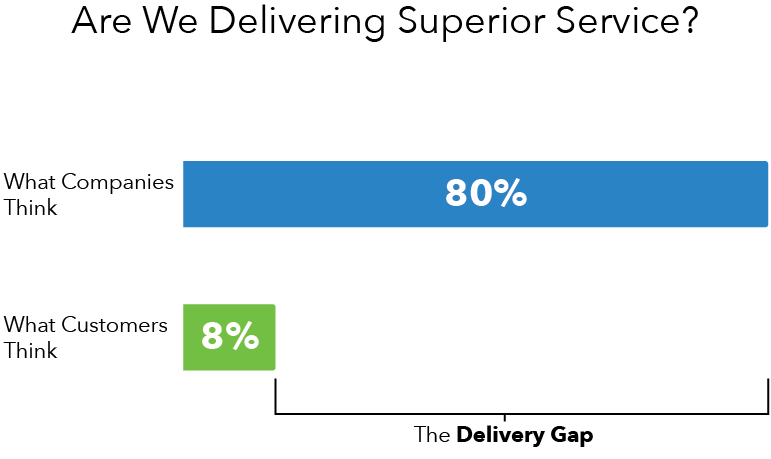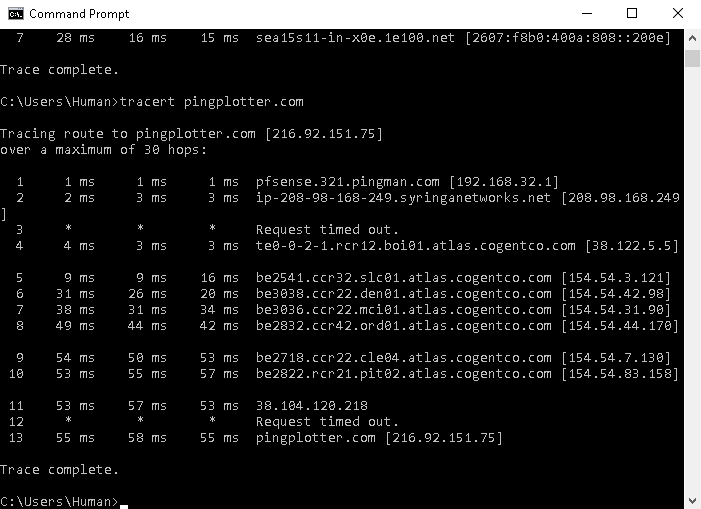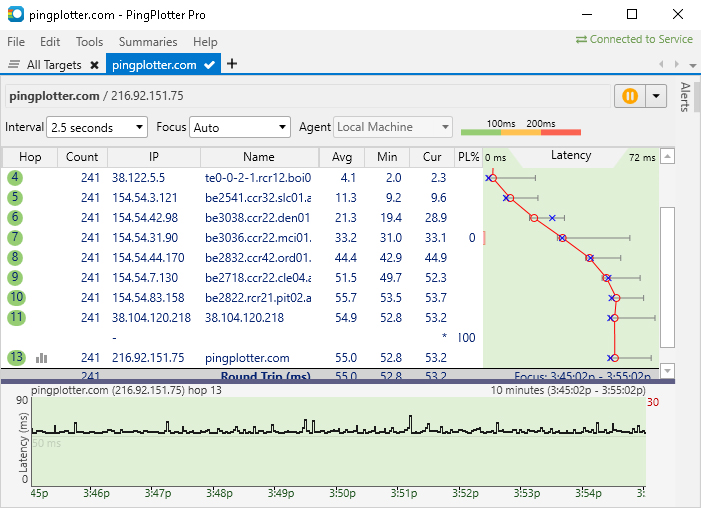For Service Providers,
Let’s face it: Contacting tech support sucks.
Doesn’t matter if it’s for your internet, a Thanksgiving turkey, or anything else — if you’ve got support on the line, you’re probably bracing for a bad time.
And you’re not alone. Studies have shown only 8% of customers feel like they receive a superior experience from the companies they engage with. That’s a real bummer of a number, especially if you’re the one providing the service.
Now, you may be thinking, ‘that’s not us. We’re a customer-focused business that knows how to deliver.’ Unfortunately, you’re not alone there, either. The same studies show 80% of businesses believe they are offering a superior service to their clients, while 95% claim their operations are primarily “customer-focused."

This is known as the Delivery Gap — the rift between what you think you’re providing your customers and how they actually feel about it. It’s the difference between what you’re doing and what your customers wish you were doing.
If you really want to deliver an exceptional service that wows customers, exceeding their support expectations is a must. One of the best ways to do this is by taking a proactive approach to how you identify and resolve customer issues.
If you’re only reacting to service issues when a customer initiates contact, you’re essentially using them as canaries in a coal mine. The time it ultimately takes for you to find and resolve their problem only adds to the frustration they’re already feeling.”
On the networking side of serving customers (which is where we specialize), there are a lot of opportunities to empower your team to improve the quality of experience your clients have when they encounter things like outages or performance dips. With the right tools and best practices, you can often identify and respond to downtime ahead of any customer service blow-ups, or even take action before clients ever get a chance to reach for the phone.
In short, being proactive in finding and fixing issues makes a huge difference in how your clients perceive your service.
Making the first move
Shifting from a reactive mindset to a proactive one sounds simple enough, right?
Well, as the saying goes, if it were easy, everyone would do it.
To start, what do we even mean when we say ‘proactive’ and ‘reactive?’ To be fair, no one can see the future, and not even the best online service providers can guarantee 100% uptime for their customers no matter how hard they try. While there are some things you can spot before they impact your clients, some problems aren’t actually a problem until they’re, you know, a problem.
If you’re only reacting to service issues when a customer initiates contact, you’re essentially using them as canaries in a coal mine. The time it ultimately takes for you to find and resolve their problem only adds to the frustration they’re already feeling.
Being proactive means flipping the script on the typical support interaction. Imagine the reaction your clients would give if you reached out to them whenever they experienced an outage — even with something as simple as, “we see your problem. We’re starting to fix it.”
How highly would you rate that quality of service for yourself?
It isn’t just the customer experience that benefits from being proactive, either. According to SQM Group, for every 1% increase in your First Call Resolutions (which is the percentage of service calls you can resolve in a single correspondence), you reduce your support’s operating cost by 1%. That sort of return is pretty hard to ignore.

As the saying goes, “time is money,” and being proactive saves you both. If your goal is to boost operational efficiency and increase customer satisfaction (and retention) by reducing response and resolution times, shifting to a proactive mindset is a must.
The right tools for the job
If you’re looking to improve the quality of your online service, you’re going to need to face a hard fact: the command line alone just won’t cut it.
While the best ping and traceroute tools are handy, they fall short when it comes to the sort of proactive monitoring we're talking about. For starters, neither are really built to run continuously. Not only are they poorly optimized for extended use, but their ability to log data over any decent period of time is practically nonexistent.
Next, actually using the data is an absolute chore. If you've ever run ping for more than five minutes, you know exactly how awful it is to sift through line-by-line trying to find what you're looking for. It's even harder to correlate ping and traceroute data over time. Running through timestamps, comparing values, and recording what you find isn't just tedious — it's slow. Every minute you wrestle with the command line is a minute your customer is waiting for a resolution.
Finally, and probably the most important, neither ping nor traceroute alert you when there's a problem. Sure, you could leave ping running in the background, but you'd still have to wait for someone else to tell you something's wrong. It's impossible to be proactive if you're always stuck on the back foot.
To be proactive, you need tools capable of getting you and your team live, consistent, and easy-to-parse data about your customer’s network status.

Sure, the data's correct, but good luck using it on the fly...

The same data, but ready to use the second you need.
This is where PingPlotter really shines. PingPlotter is purpose-built for helping service providers take more control of service management and support. First, it actively monitors hundreds of routes, getting you up-to-the-second diagnostics for each of your clients. Second, PingPlotter’s complete network visualization makes finding the root cause of an issue as simple as glancing at a graph.
What’s more, PingPlotter’s suite of automated alerts, combined with its breadth of network testing options, ensures your team is ready to act the second a client experiences downtime.
However, PingPlotter is but one tool in a proactive-minded toolbelt. Combining PingPlotter’s network visualization with a packet inspection tool (like Wireshark), an SNMP manager, and mobile device management software enables both rapid response and a swift resolution to a wide array of potential issues.
By utilizing efficient tools like PingPlotter and establishing and maintaining better practices, you can start resolving issues before a client ever has a chance to complain.
Because the best support calls are the ones your customers never have to make.”
Be one with your network
The right tools can do wonders for improving your response and resolution times, but software is only the start of making your support more proactive. A lot can be done on the back end to improve not just the quality of the service you provide, but speed up the resolution of issues for both your clients and yourself.
One of the best things you and your team can do is keep up-to-date documentation on your network architecture. Even the most diligent admins can fall behind on recording changes to hardware or routing. A switch here or AP there doesn’t change things too much, but over time, the small additions can make problems like broadcast storms a nightmare to resolve in a timely manner. Scheduling an annual audit can ensure any architectural issues are managed quickly or prevented altogether.
Another way of staying proactive is by generating, reviewing, and maintaining comprehensive logs. Like we mentioned before, some network issues can be prevented with a combination of proactive management and best practices. Keeping regular performance logs helps with both.
Conveniently, PingPlotter can assist with this, too. By utilizing PingPlotter’s alert function, you can auto-generate and distribute diagnostics logs for every client you serve. This keeps everyone updated on performance trends and allows you to spot issues and compare results more readily.
There are lots of other little things you can do to take a more proactive approach to your service offering, but most hinge on one thing: staying up-to-date with your network layout and status.
The fastest support in the galaxy
Reacting to customer needs is at the center of every business. If you’re looking to maintain loyalty and improve customer satisfaction, you need to go above and beyond even your happiest client’s expectations.
Taking a more proactive mindset to the support you provide can require a shift in how you operate, but it’s not as big a hurdle as it may seem. By utilizing efficient tools like PingPlotter and establishing and maintaining better practices, you can start resolving issues before a client ever has a chance to complain.
Because the best support calls are the ones your customers never have to make.
